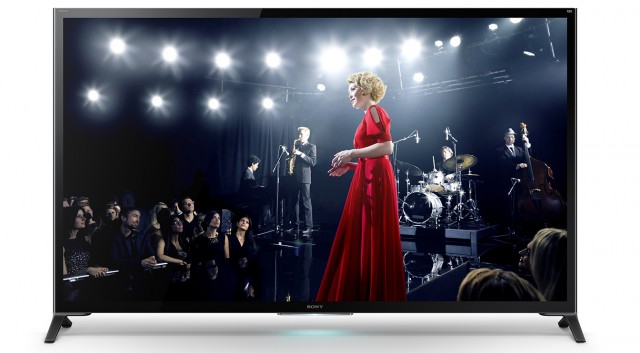As one of the world’s greatest sources of entertainment, television has dominated the media world since its invention. As technology has progressed, people now have multiple options to get their entertainment fix: cable, satellite, online streaming, apps, etc.
But, with all of these options readily available, which one is the best buy? Here is a facts-only TV breakdown:
Cable
As the oldest form of television, cable companies have provided customers with access to primetime TV channels, as well as specialty channels, through the use of coaxial cables. Depending upon your location, there are a few cable providers to choose from. However, some of the dominant cable companies are Time Warner, Cox, and Comcast. To learn more about cable, check out http://www.tvproviders.com/cox-cable/.
Satellite
The top two competing satellite companies are DirecTV and Dish. DirecTV, with 20.3 million customers is the number one satellite provider while Dish closes in as the second top provider with 14.1 million customers. Satellite caters to both city viewers and country viewers alike, setting it apart from other television providers since TV channels are transmitted through a satellite dish instead of through cables or an Internet provider.
Specifically with DirecTV, customers are offered a wide variety of options. Not only do they have a wide range of available packages, ranging from small packages to premier packages, they also give customers the option to stream (without needing Wi-Fi) their DirecTV channels and DVR’ed programs directly to their phones, computers, and tablets via his or her HD DVR device The Genie.
When it comes to Dish, customers also have the ability to choose their packages. Dish also has a unique DVR device, the Hopper, which allows viewers to record up to six primetime shows at one time and instantly skip commercials on primetime shows. Unfortunately for Dish, various networks are displeased with the Hopper, leaving Dish in a swamp of legal negotiations.
Online Streaming
Many households have abandoned the cable cords in favor of streaming shows over their TV, laptops, tablets, and phones. Online streaming services such as Netflix, Hulu, and Amazon Instant offer viewers a limited amount of TV and movies for an inexpensive price.
Netflix, the first online streaming provider, began as an online rental company, competing with now obsolete companies like Hollywood Video and Blockbuster. For an inexpensive price, viewers can stream Netflix’s library of TV shows, movies, and documentaries. Netflix is free of commercials, and the library constantly updates each month.
Hulu, on the other hand, not only has long commercial sets, its library is extremely limited. Additionally, Hulu offers Hulu+, which is a paid subscription of Hulu. However, because Hulu does own the rights to many TV shows, the library is also limited.
-Amazon Instant: Much like Netflix, Amazon, through the use of its Prime membership, allows users to rent or purchase digital movies. While they do have a wide variety, Amazon Instant is geared more toward those who are already paying for a Prime subscription.
When it comes to choosing a television provider, hopefully this list will help you narrow down your options.

